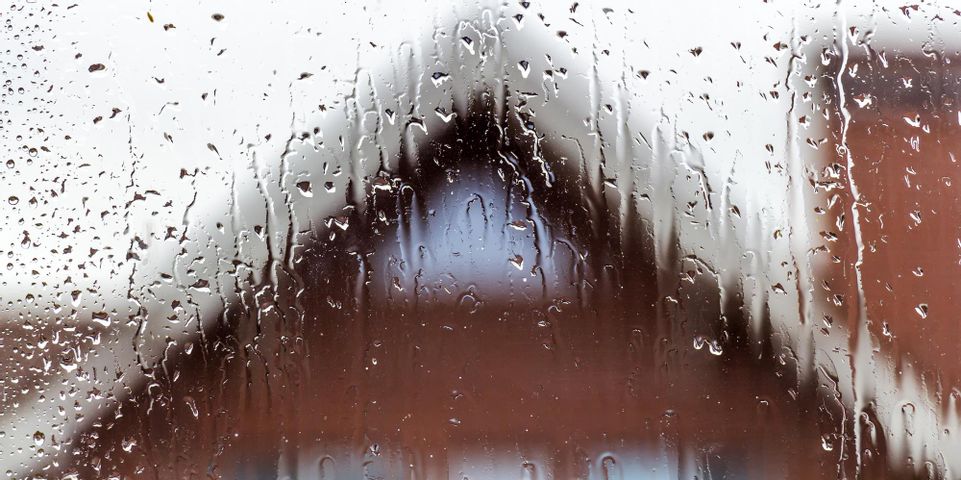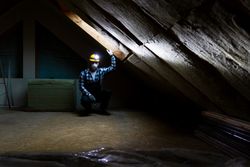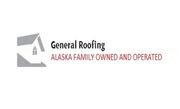
Whether bad weather has brought high winds, heavy rain, or severe ice, it’s always important for homeowners to invest in a roof inspection after a storm. By taking the time to look at this structure, you can catch a variety of issues—such as missing shingles or punctured roofing—before they turn into larger, more expensive problems. But since inspecting a roof can be a delicate and potentially dangerous task, it’s important to follow the right steps. To survey storm damage safely, here are a few do’s and don’ts to keep in mind.
Do:
Get a buddy.
Roof inspections are a two-person job. With a partner by your side, you’ll have someone to help hold the ladder or record notes as you notice issues. Having an extra hand also offers peace of mind that someone will call for help if you are injured.
Wait until the storm is over.
If you suspect roof damage during a storm, you may be inclined to address the problem right away. However, trying to perform a roof inspection in the middle of a storm may create more problems—such as by putting you in danger.
Look through the attic.
 A post-storm roof inspection should always involve a comprehensive look at the exterior of the structure. However, it’s also smart to look at it from the inside. If you have one, go inside your attic with a flashlight and examine the underside of the roof. If you see leaks or sunlight coming through, you’ll need to call for professional roof repair.
A post-storm roof inspection should always involve a comprehensive look at the exterior of the structure. However, it’s also smart to look at it from the inside. If you have one, go inside your attic with a flashlight and examine the underside of the roof. If you see leaks or sunlight coming through, you’ll need to call for professional roof repair.
Don’t:
Ignore safety risks.
To avoid injury, never rush your way through a roof inspection and always take time to address potential safety risks. Some common hazards you might experience after a storm include slippery surfaces, fallen branches, and live power lines.
Wear improper footwear.
If you feel comfortable climbing onto your roof, only do so in a solid pair of non-slip heavy-duty boots. Wearing other types of shoes may cause you to lose traction on wet shingles and fall off. Boots can also help prevent exposed nails from sticking through your soles and puncturing your feet.
Leave problems unaddressed.
If you notice small problems—such as curled or missing shingles—during your roof inspection, you may think that it doesn’t need to be addressed right away. However, if another storm comes in, these weakened areas may cause leaks, which may damage the underlayment, attic, and inside of your home. To reduce the risk of unnecessary damage, call a contractor who is qualified to perform roof repairs.
When you want to simplify the roof inspection process after a storm, turn to the skilled professionals of General Roofing. This roofing contractor of Anchorage, AK, has over 40 years of experience identifying—and repairing—structural damage. Using state-of-the-art tools, these specialists will provide roof repairs in a swift, yet reliable fashion. Visit this commercial and residential roofing company online for more details on their capabilities. To request service or a free estimate, call (907) 561-1460.
About the Business
Have a question? Ask the experts!
Send your question

